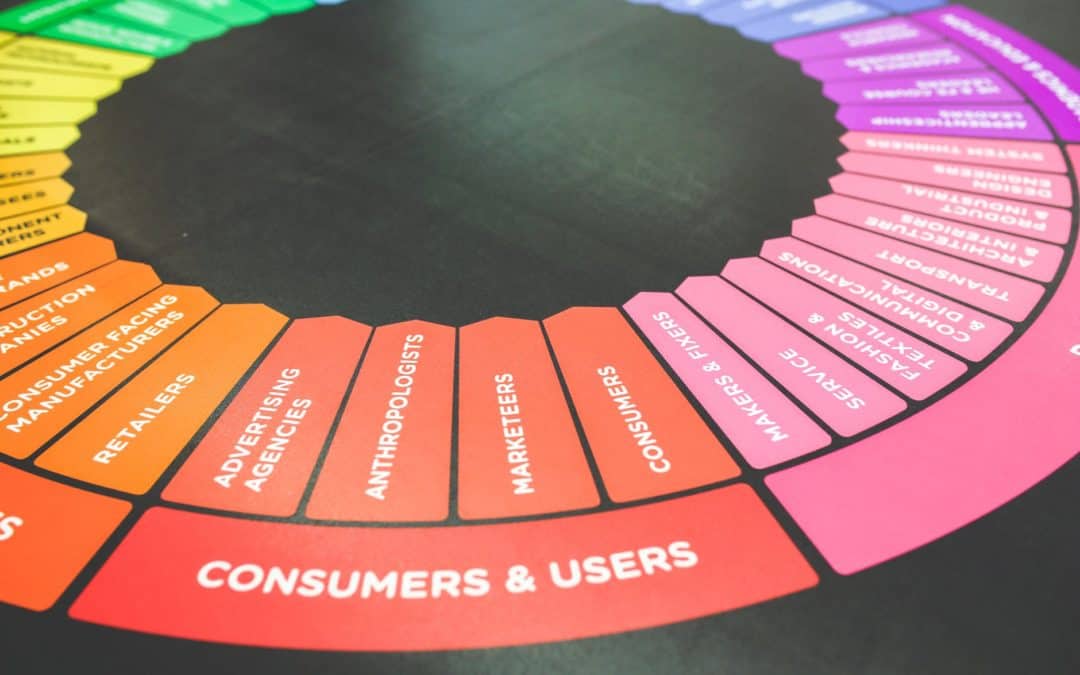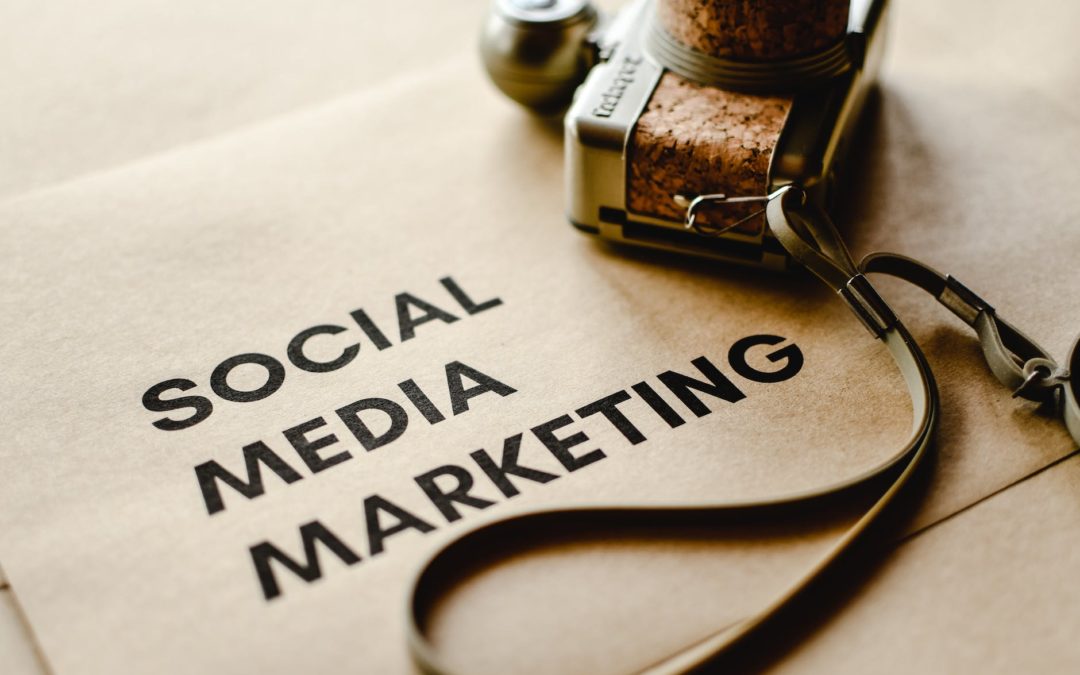
Senior-Friendly Marketing Tips for 2023
Why Seniors are the New Power Consumers: The Rising Importance of the Senior Market
In today’s digital age, it’s easy to get caught up in targeting younger demographics when it comes to marketing strategies. However, neglecting the 55+ age group means missing out on a significant and often overlooked market. Seniors are more tech-savvy than ever before and are actively seeking products and services that cater to their needs and preferences. Whether you’re promoting retirement communities, healthcare services, business start-ups or leisure activities, it’s crucial to understand how to effectively connect with this demographic. In this article, we will explore the top tips and tricks for senior-friendly marketing, ensuring that your messages resonate with the 55+ age group. From creating relatable content to utilising the right channels, we’ll dive into strategies that will not only boost your visibility but also build trust and loyalty among this valuable audience. So, let’s dive in and discover how to unlock the untapped potential of senior-friendly marketing!
Understanding the Senior Demographic
To effectively market to seniors, it’s essential to understand their unique characteristics and preferences. The 55+ age group is diverse, comprising individuals with varying interests, lifestyles, and needs. However, there are some common traits that can help guide your marketing efforts.
Firstly, it’s important to recognise that many seniors have a strong sense of independence and self-reliance. They value their autonomy and appreciate marketing messages that respect their decision-making abilities. Secondly, seniors are often looking for products and services that enhance their quality of life, whether it’s health and wellness solutions, retirement planning, or leisure activities. Lastly, it’s crucial to acknowledge that many seniors have a significant amount of disposable income, making them an attractive market segment for businesses across various industries.
By understanding these key aspects of the senior demographic, you can tailor your marketing strategies to resonate with their specific needs and aspirations.
Why market to seniors?
Before we delve into the strategies for senior-friendly marketing, let’s first address why it’s important to target this demographic. The 55+ age group represents a substantial and growing market segment. According to recent statistics, there are over 52 million individuals aged 55 and older in the United States alone, and this number is expected to reach 95 million by 2060.
Furthermore, seniors have a significant purchasing power, with an estimated $3.2 trillion in annual spending. With such a substantial market potential, it’s clear that businesses cannot afford to overlook this demographic. By developing marketing strategies that effectively engage seniors, you can tap into this lucrative market and drive business growth.
Challenges in marketing to seniors
While marketing to seniors presents numerous opportunities, it also comes with its fair share of challenges. One of the main obstacles is the misconception that seniors are not technologically inclined. While it’s true that some seniors may not be as comfortable with technology as younger generations, the gap is narrowing. Many seniors are embracing digital platforms, using smartphones, tablets, and computers to connect with others, access information, and make purchasing decisions.
Another challenge is the tendency to stereotype seniors as a homogeneous group. While there are commonalities among seniors, it’s crucial to recognise their diversity and avoid making assumptions based on age alone. By taking the time to understand the unique needs and preferences of your target audience within the senior demographic, you can tailor your marketing messages to resonate with them on a personal level.
Additionally, it’s important to address any potential barriers that seniors may face when interacting with your marketing materials. This can include font size, colour contrast, and user-friendly website navigation. By ensuring that your marketing assets are accessible and easy to understand, you can eliminate any potential obstacles that may hinder seniors from engaging with your brand.
Senior-friendly marketing strategies
Now that we have a solid understanding of the senior demographic and the challenges associated with marketing to this group, let’s explore some effective strategies for senior-friendly marketing.
Creating targeted messaging for seniors
To effectively connect with seniors, it’s crucial to develop messaging that resonates with their unique needs and aspirations. Start by identifying the key pain points and desires of your target audience within the senior demographic. Are they looking for ways to stay active and healthy? Are they interested in financial planning for retirement, are the starting a new business? By understanding their motivations, you can craft messaging that speaks directly to their specific concerns.
When creating content for seniors, it’s important to use language that is clear, concise, and easy to understand. Avoid using jargon or technical terms that may confuse or alienate your audience. Instead, focus on using relatable language that speaks to their experiences and desires. Additionally, incorporating storytelling and personal anecdotes can help create an emotional connection with seniors and make your messaging more memorable.
Utilising traditional marketing channels
While digital marketing is essential in today’s landscape, it’s important not to overlook the power of traditional marketing channels when targeting seniors. Many seniors still rely on traditional media, such as television, radio, and print publications, as their primary sources of information. By including these channels in your marketing mix, you can reach a wider audience and increase your brand visibility among seniors.
When utilising traditional marketing channels, it’s important to be strategic in your approach. Consider partnering with media outlets that have a strong senior following or sponsoring events that cater to this demographic. Additionally, make sure your messaging is tailored to the specific channel you’re using. For example, television advertisements may require a more visual and engaging approach, while radio spots may rely on compelling storytelling and sound effects to capture attention.
Harnessing the power of digital marketing
While traditional marketing channels are valuable, digital marketing offers unique opportunities to connect with seniors on a more personal level. Many seniors are active on social media platforms, such as Facebook and Instagram, and use search engines to research products and services. By developing a strong online presence, you can engage with seniors where they spend a significant portion of their time.
When implementing digital marketing strategies, it’s important to optimise your online content for search engines. Seniors often rely on search engines to find information, so it’s crucial to ensure that your website appears in relevant search results. This can be achieved through search engine optimisation (SEO) techniques, such as keyword research, content optimisation, and link building.
Additionally, consider incorporating video marketing into your digital strategy. Seniors are increasingly consuming video content, making it an effective way to capture their attention and convey your brand message. Whether it’s through product demonstrations, customer testimonials, or educational videos, video marketing can help build trust and credibility among seniors.
Designing user-friendly websites and advertisements
When it comes to marketing to seniors, user experience is paramount. Many seniors may have age-related visual impairments or difficulties navigating complex websites. To ensure that your online assets are user-friendly, consider implementing the following design principles:
– Use clear and legible fonts with an appropriate size and colour contrast.
– Ensure that your website is easy to navigate and intuitive to use, with clear call-to-action buttons.
– Optimise your website for mobile devices, as many seniors use smartphones and tablets for online browsing.
– Include relevant and engaging visuals that enhance comprehension and capture attention.
By designing user-friendly websites and advertisements, you can create a seamless and enjoyable experience for seniors, encouraging them to engage with your brand and take the desired actions.
Building trust and credibility with seniors
Trust is a crucial factor in senior-friendly marketing. Seniors are more likely to engage with brands they perceive as trustworthy and credible. To build trust among this demographic, consider implementing the following strategies:
– Highlight testimonials and reviews from satisfied senior customers to showcase positive experiences.
– Develop partnerships with reputable organizations and associations that cater to seniors.
– Provide transparent and accurate information about your products and services, including pricing, benefits, and potential risks.
– Offer exceptional customer service and support, addressing any concerns or questions seniors may have promptly and empathetically.
By prioritising trust and credibility in your marketing efforts, you can establish a strong relationship with seniors, fostering loyalty and repeat business.
Measuring success in senior-friendly marketing
As with any marketing campaign, it’s essential to measure the success of your senior-friendly marketing strategies. Start by defining clear and measurable goals that align with your overall business objectives. Are you looking to increase brand awareness among seniors? Are you aiming to drive conversions and sales within this demographic? By establishing specific metrics, such as website traffic, engagement rates, and conversion rates, you can track the effectiveness of your campaigns and make data-driven decisions.
In addition to quantitative metrics, it’s also important to gather qualitative feedback from seniors. Conduct surveys, focus groups, or interviews to gain insights into their perceptions and experiences with your brand. This feedback can help you refine your marketing strategies and ensure that you’re continuously improving your approach to better meet the needs of this demographic.
To Summarise
Marketing to seniors requires a thoughtful and strategic approach. By understanding the unique characteristics, needs, and preferences of the 55+ age group, you can develop effective marketing strategies that resonate with this valuable demographic. From creating targeted messaging to utilising traditional and digital marketing channels, there are numerous strategies to connect with seniors and unlock the untapped potential of senior-friendly marketing. By prioritising user experience, building trust and credibility, and measuring success, you can create meaningful connections with seniors, driving business growth and establishing long-term relationships. So, embrace the opportunities that senior-friendly marketing offers and position your brand as a trusted partner for this growing market segment.
In conclusion, effectively marketing to the 55+ age group can be both rewarding and profitable for your business. Don’t forget to check out our cutting-edge Seniors-as-a-Service (SaaS) offering, which can help you seamlessly connect with this vital demographic! Thanks for stopping by, and if you have any questions or require assistance, our team at YBR Marketing is here for you.
Ready to discover the transformative potential of Seniors-as-a-Service Accelerator Plans for your business? Sign up for a free consultation with our experts today!
Until next time,
John from YBR Marketing













